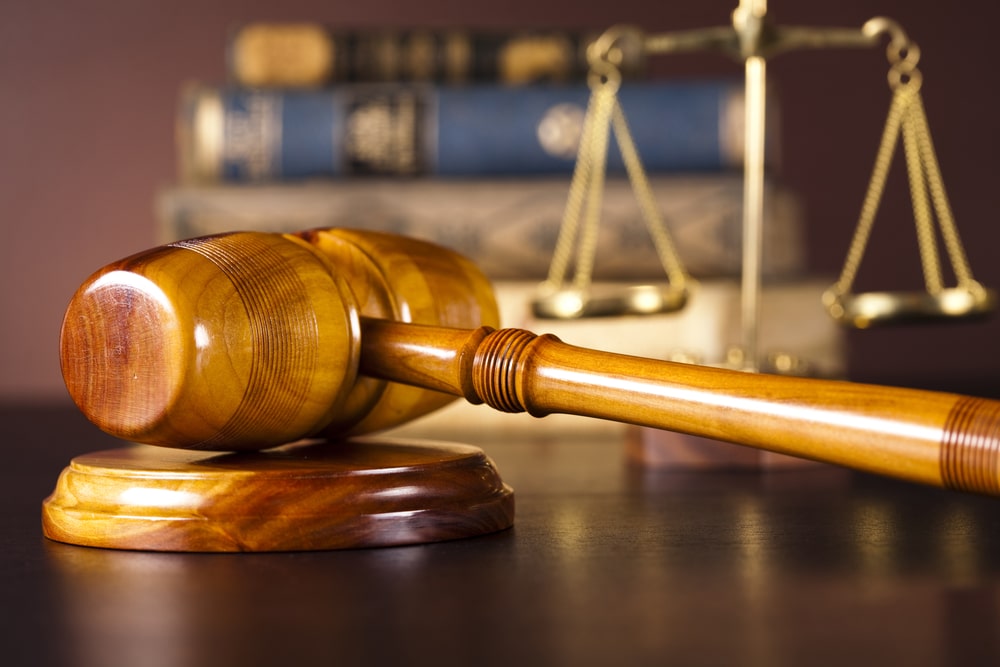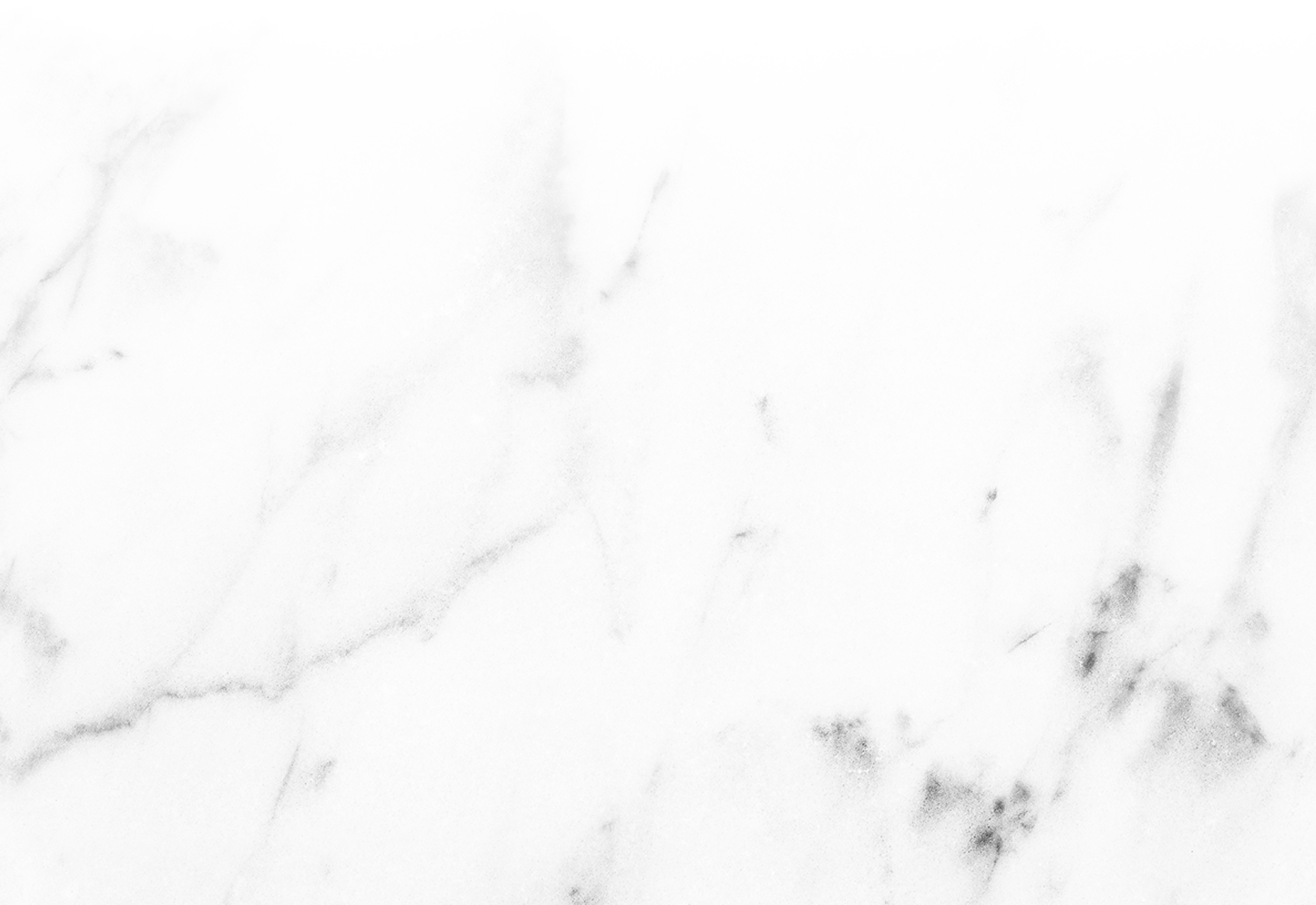
When someone is injured on another person’s property, the question of who is responsible often comes down to negligence. As attorneys such as our friends at Cohen & Cohen know, in premises liability cases, proving negligence is the key factor that allows an injured party to seek compensation. This process involves showing that the property owner failed to act reasonably in keeping the premises safe.
Duty Of Care Owed By Property Owners
Property owners and occupiers have a duty of care to maintain reasonably safe conditions for visitors. The level of responsibility may differ depending on whether the injured person was a customer, a guest, or even a trespasser. However, at its core, this duty means that hazards should not be ignored. Owners are expected to inspect their property regularly and take appropriate measures to correct unsafe conditions or warn visitors about them. Failure to do so may make them liable for a personal injury claim.
Establishing Knowledge Of The Hazard
One of the most critical parts of proving negligence is showing that the property owner knew or should have known about the dangerous condition. This knowledge can be actual—meaning the owner was aware of the hazard—or constructive, meaning the hazard existed long enough that a reasonable owner would have discovered it. For example, a spill in a grocery store aisle that remains for hours without cleanup could demonstrate constructive knowledge. A personal injury lawyer will investigate and gather evidence such as surveillance footage and maintenance laws in order to prove that the property owner knew or should have known about the dangerous condition.
Showing A Breach Of Duty
Once the duty of care and knowledge are established, it must be shown that the property owner breached that duty. A breach occurs when the owner fails to take steps that a reasonable person would have taken in the same situation. This might involve neglecting to repair broken steps, failing to clear ice from walkways, or not putting up warning signs around unsafe areas.
Proving Causation And Damages
It is not enough to prove that a hazard existed and that the owner failed to act. The injured party must also show that the hazard directly caused the accident and resulting injuries. Medical records, witness statements, and photographs can help link the unsafe condition to the harm suffered. Additionally, damages such as medical expenses, lost wages, and pain and suffering must be demonstrated to support the claim.
The Importance Of Evidence
Evidence plays a central role in premises liability cases. Surveillance footage, inspection logs, accident reports, and testimony from employees or other visitors can strengthen a case. Promptly documenting the scene and injuries can make a significant difference in proving negligence. A premises liability attorney can attest to the value of collecting as much supporting information as possible to build a strong claim.
Finding An Attorney
Premises liability cases hinge on the ability to prove negligence. By establishing duty of care, knowledge of the hazard, a breach of duty, and causation, an injured party can pursue fair compensation for their injuries and losses. Working with a personal injury lawyer provides the guidance needed to evaluate evidence and present a case effectively. If you or someone you care about has been injured on unsafe property, understanding these principles is the first step toward protecting your rights.
